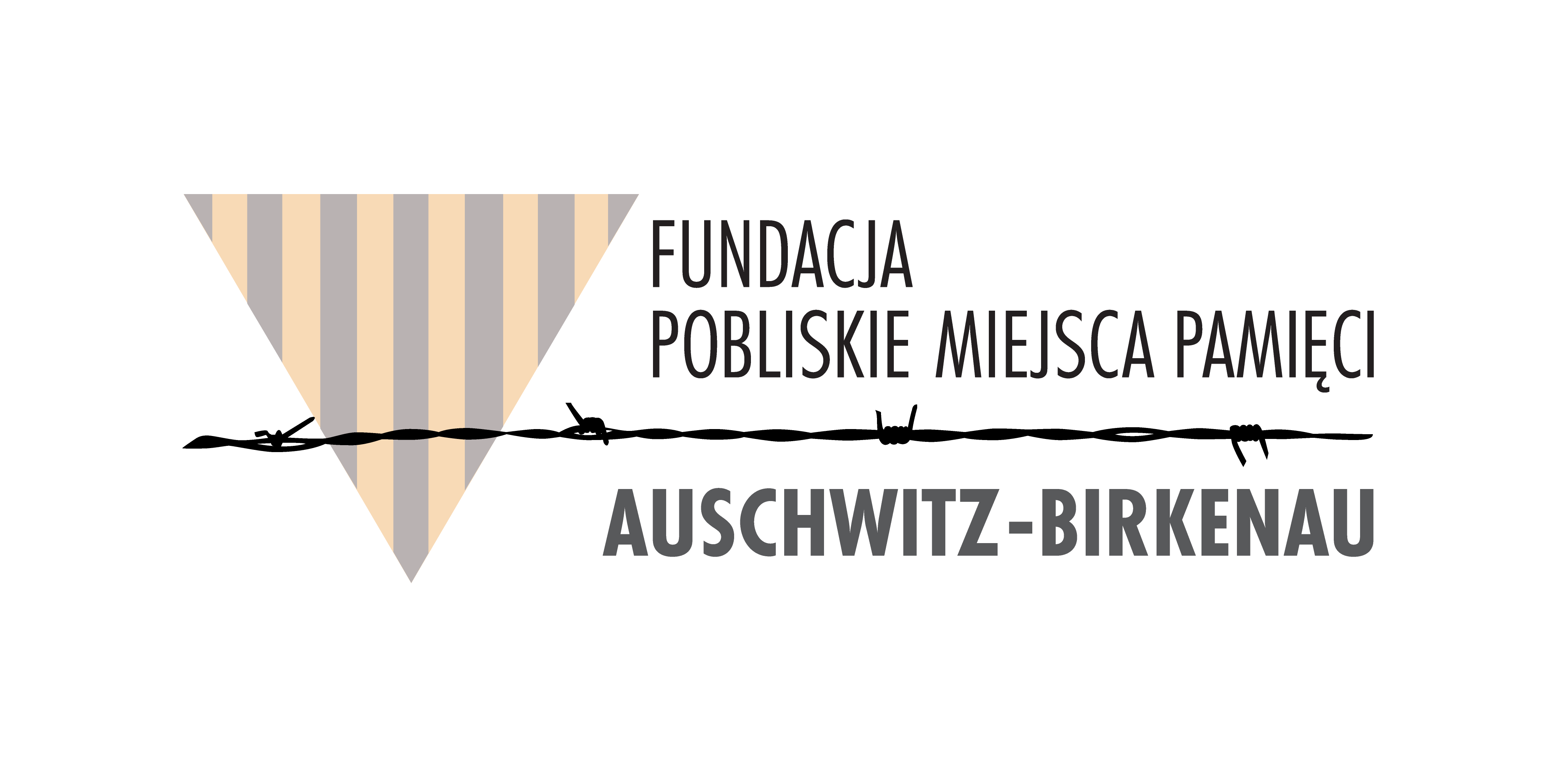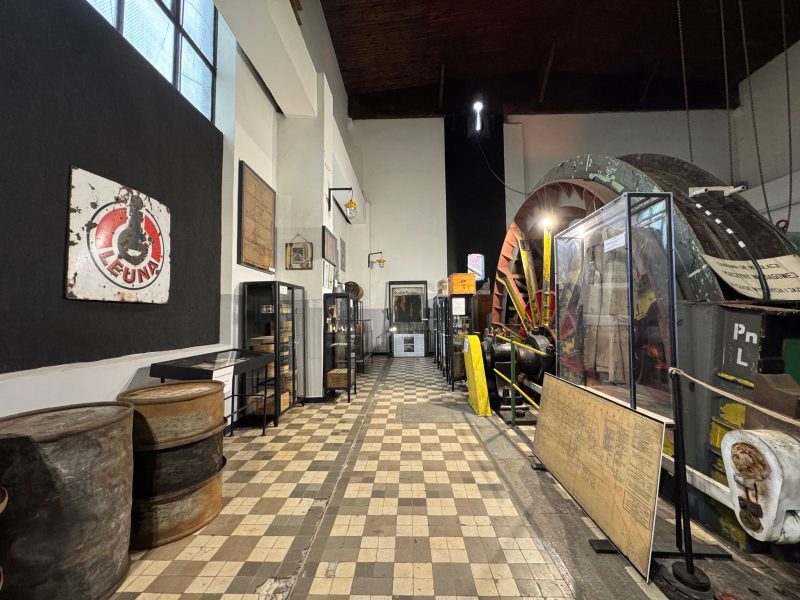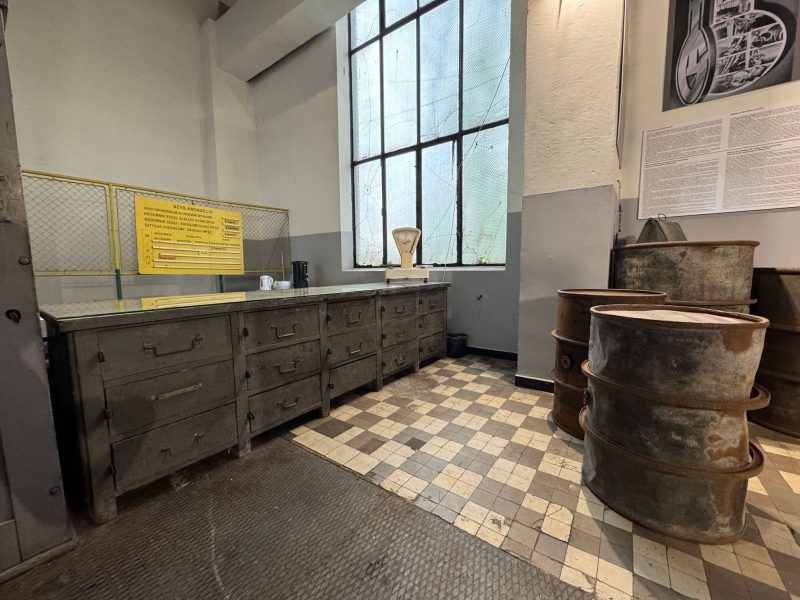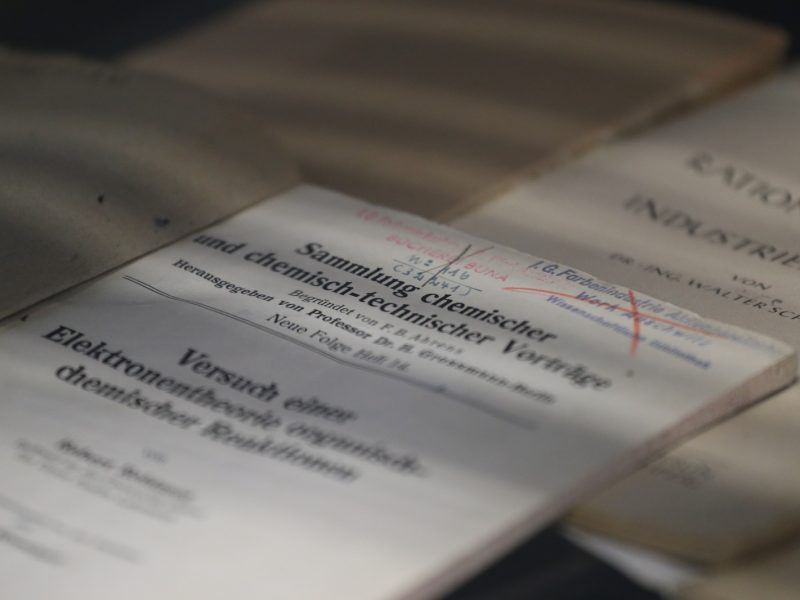KL Auschwitz III Monowitz
IG Farben werk Auschwitz I KL Auschwitz III Monowitz
The camp was established for the needs of the IG Farben chemical company, Werk Auschwitz. In 1941, a decision was made to establish a new, enormous chemical factory for the IG Farben company, which was to be located in Auschwitz, in the Dwory district. The area of the chemical plants spanned a vast space, reaching as far as Monowitz, where a camp for Auschwitz prisoners was located, and a few hundred meters further, there was also a camp for British POWs. The expansion of these plants relied on the forced, slave labor of prisoners, and the location was chosen due to the natural coal deposits near Auschwitz – in the Brzeszcze, Jawiszowice, and Libiąż mines, as well as the availability of water from the Vistula and Soła rivers. The focus was primarily on the production of synthetic rubber, commonly known as “Buna,” from which the initial name of the labor command coming from Auschwitz was derived, and later, the name of the newly established camp, KL Auschwitz III-Monowitz/Buna.
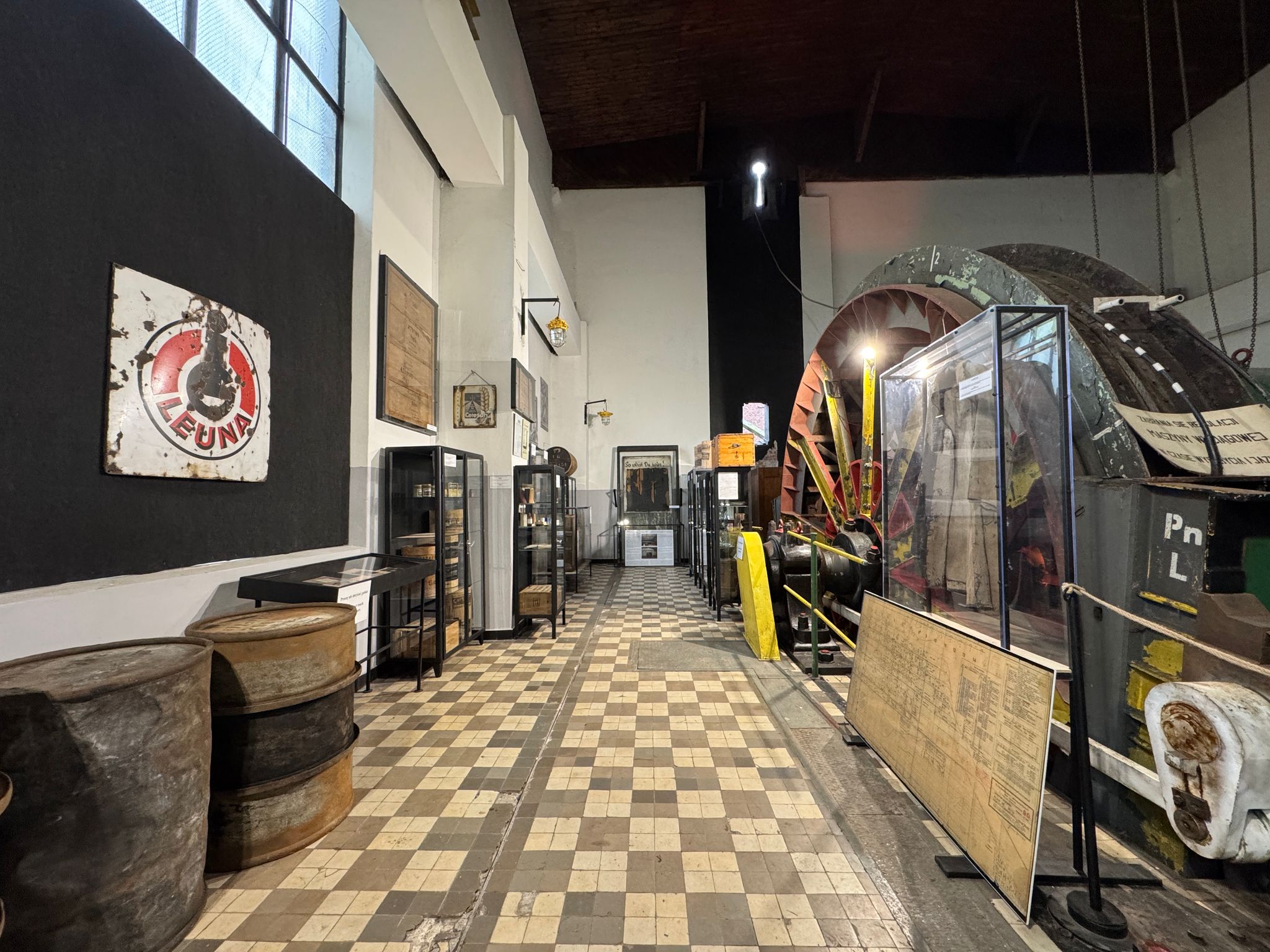
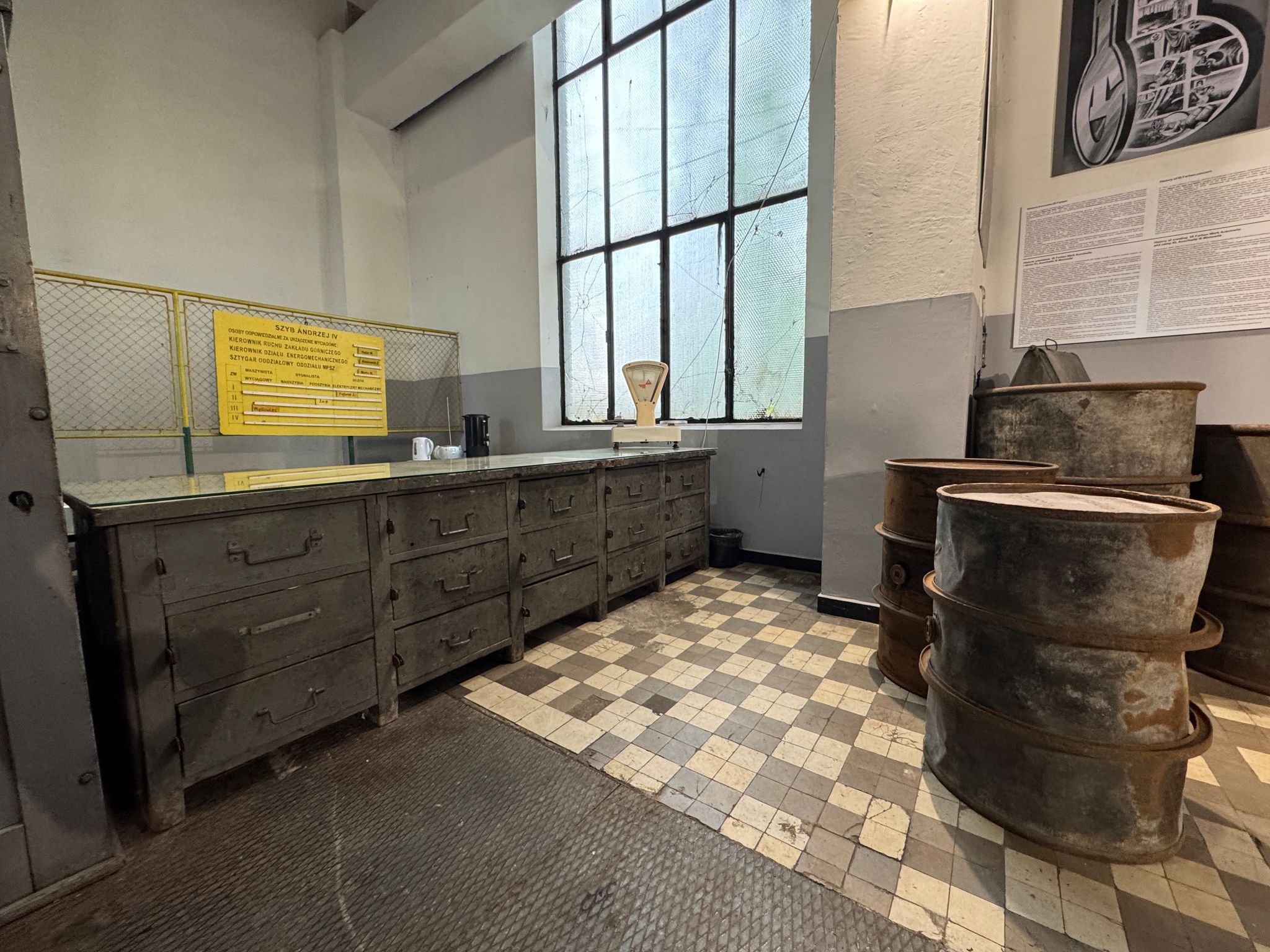
In the spring of 1941, the IG Farben company decided to build a chemical factory in Auschwitz, on the lands of the villages of Dwory and Monowice. At the same time, the company’s authorities signed an agreement with the SS camp authorities in Auschwitz to provide prisoners from KL Auschwitz as a labor force for the construction of the factory. In connection with the planned expansion of the factory in the spring of 1941, IG Farben displaced the population from the village of Monowice, and the houses of the displaced were demolished. Initially, in the spring, barracks for forced laborers were built on their site, but by the summer of 1942, they were taken over by the KL Auschwitz camp administration, and the area was prepared to house camp prisoners. The first transport of 2,000 prisoners from KL Auschwitz was placed in the KL Auschwitz III-Monowitz subcamp in October 1942. From November 1943, it functioned as an independent concentration camp, holding 11,000 prisoners. The camp was created to provide a labor force for the expansion of the newly established IG Farben Werk Auschwitz chemical factory complex. It is the third largest camp within KL Auschwitz.
The exhibition is located in the building of the Historic Mine in Jawiszowice. It features artifacts related to the operation of the KL Auschwitz III Monowitz camp, the British POW camp, and the IG Farben Werk Auschwitz chemical complex. It is the only exhibition of its kind in Europe.
Support Heritage – Create the Future
Support the Foundation
Your financial support is a drop that creates waves of change. Thanks to your generosity, we can continue our work by protecting important historical sites, conducting research, organizing educational events, and engaging the local community.
By clicking ‘Donate,’ you will be redirected to the PayPal page, where you can quickly make a donation to support the Foundation. You can also transfer funds directly to our bank account (details in the footer).
